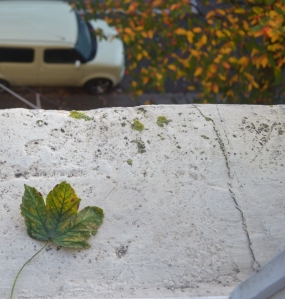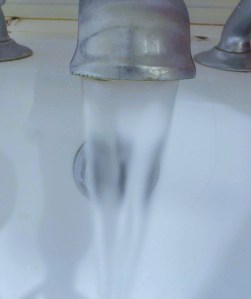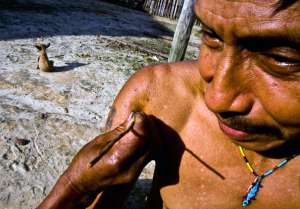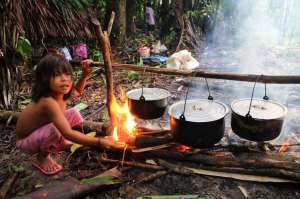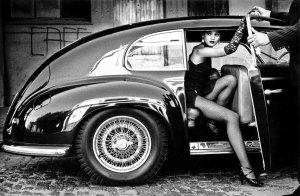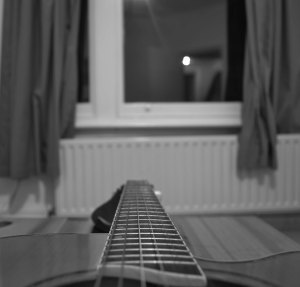Objective: To demonstrate and experiment with how much space a chosen subject takes up in the viewfinder.
For this exercise i have to take 4/5 different pictures of one subject. The first picture should include the whole of the subject in the viewfinder, and should be taken without too much consideration for composition.

The second shot should move in and around making the subject fit the frame as tightly as possible.

I used a wide aperture setting for these pictures. As you can see by the picture above the edges of the leaf are slightly blurred. This is a direct result of the low f stop number.
The third picture was to photograph just a part of the subject. (ideally it should not show any edges – however, my standard lens could not capture the detail effectively. I could crop it, but I feel that defeats the exercise. This highlights a problem with using a small subject – had I used something bigger i could have captured more detail within a part of the subject.)

That being said – I like this picture. The wide aperture makes the ledge blurry, focusing the attention on the left tip of the leaf – the main focal point. I am happy with the detail captured.
The next picture should place the subject within a landscape.

I took this shot vertically as i wanted to incorporate the rising sun. I am pleased with the way the tree in the background came out (again due to the wide aperture) as it completely relates to the subject and adds depth and colour.
The final picture was to move right back until the subject occupies only a small part of the frame and stresses the surroundings.

To stress the surroundings I roughly placed the single leaf in between two trees – both with colourings mirroring that of the subject. The car was out of my control unfortunately – but I decided to shoot the leaf slightly off centre between the trees to add depth. The light couloured ledge helps to attract attention to the subject.
Overall I’m happy with the results but would like to attempt this exercise with a much larger subject. (the handbook uses a ferry to demonstrate) so will head to one of the many London bridges to see what i can find…
The final stage of this exercise is to play around with different cropping ideas.


